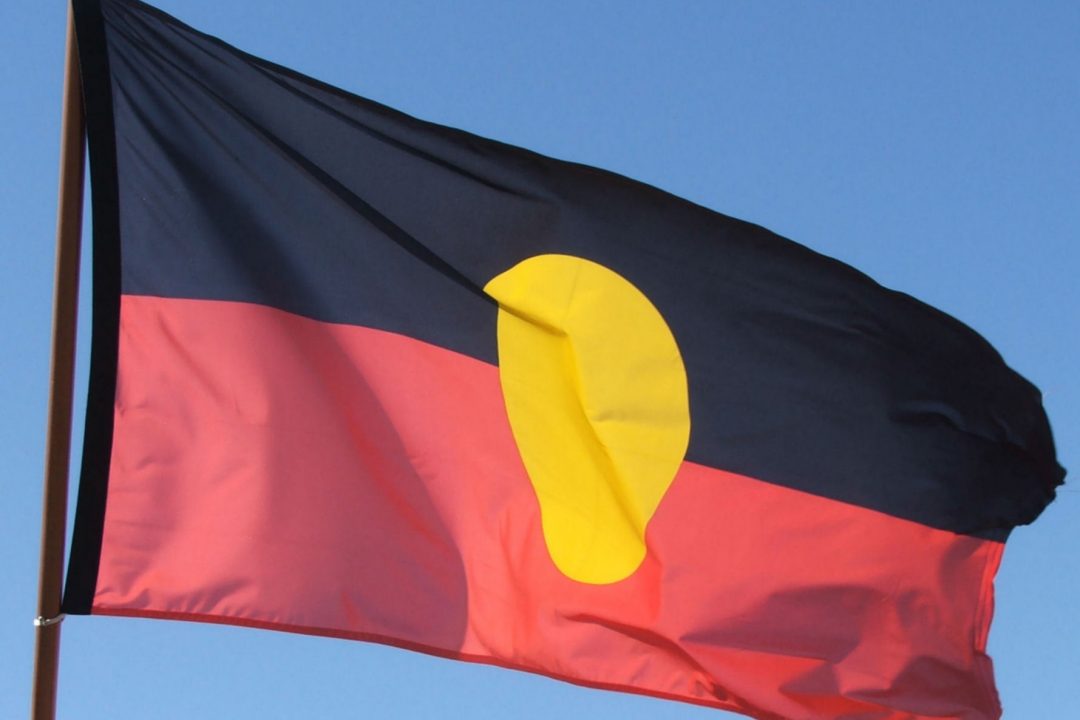
Over twenty-five years ago, the Royal Commission into Aboriginal Deaths in Custody handed down its landmark report, and made 339 recommendations aimed at preventing deaths of Aboriginal people in custody.
More than two decades later, the issues that led to the Royal Commission remain unresolved and many of the recommendations have not been implemented. PIAC runs an Indigenous Justice Program and regularly represents Aboriginal people in claims against the police, so we see the impact that this continuing inertia has on the lives of Aboriginal and Torres Strait Islander people.
Through this work we have identified that ‘proactive policing’ generally increases the contact that Aboriginal and Torres Strait Islander people have with the criminal justice system, especially young people. It means more home visits from police, more searches in the street and more time answering questions from police.
PIAC has found that while this ‘aggressive’ or proactive policing aims to reduce crime, in the medium to long term it tends to create an atmosphere of hostility that does nothing to overcome the deeply entrenched mistrust between Aboriginal people and the police.
Some of the actions taken by police that we believe can be particularly damaging include the proactive enforcement of bail conditions, over-zealous monitoring individuals as part of the ‘Suspect Target Management Plan’, leading to frequent stopping and searching of individuals, and failing to exercise discretion when considering whether or not make an arrest.
In late 2014, Don Weatherburn, the head of the NSW Bureau of Crime Statistics and Research concluded that the significant rise in the NSW Prison population generally, despite overall crime going down, could be attributed to ‘much more aggressive policing activity’.
This aggressive policing, when directed at young Aboriginal and Torres Strait Islander people, may draw them into the criminal justice system unnecessarily, leading to largely irreversible and adverse consequences for the individual and his or her family. We know that the earlier that a child has an interaction with the criminal justice system, the more likely they are to be involved with that system in the future, leading to more serious penalties.
It may include consistently attending someone’s home each night, and asking them to come to the door. It may include stopping and searching an individual on numerous occasions over a short period, regardless of whether there is reasonable suspicion to do so. Or, it may include a failure to consider non-custodial options when making an arrest. It may include a decision to arrest an individual for breach of bail in circumstances where the breach may not have occurred, or is only a ‘technical breach’ or relatively minor.
PIAC believes that any legislative, regulatory and policy changes that aim to reduce the number of Aboriginal and Torres Strait Islander people in custody must be based on consultation and agreement with the Aboriginal and Torres Strait Islander communities, and have the principle of self determination at its heart.
Many of these issues seem to arise particularly in relation to young people. Under the Convention on the Rights of the Child, detention of young people should only occur as a measure of last resort.
Twenty-five years on from the Royal Commission, Aboriginal and Torres Strait Islander people account for approximately two per cent of the Australian population. However, between 2011-2013, Aboriginal and Torres Strait Islanders comprised 27 per cent of the total Australian prison population, and 16 per cent of all deaths in custody.
Some of these devastating deaths and the systemic failures that led to them have been well documented. Mr Doomadgee died in custody in Palm Island in 2004, Mr Ward died in the back of a prison van in Western Australia in 2008, 22-year-old Ms Dhu died in custody in Western Australia in 2014, with the coroner to report later this year.
Amnesty International has noted that the Aboriginal and Torres Strait Islander population has more people in younger age brackets than the non-Aboriginal and Torres Strait Islander population. In NSW alone, in December 2015, Aboriginal youth comprised 51 per cent of the prison population. The National Congress of Australia’s First Peoples has suggested ‘unless the rate of increase in youth detention can be reduced, rates of incarceration across the Aboriginal and Torres Strait Islander population are likely to continue to increase into the future’.
Australia has no coherent plan to reduce the over-representation of Aboriginal and Torres Strait Islanders people in the criminal justice system. There is no national agreement to measure our progress towards this goal: justice is left out of the Closing the Gap targets.
One of the key findings of the Royal Commission in 1994 was that Aboriginal people in custody do not die at a greater rate than non-Aboriginal people in custody, but that there is an ‘overwhelmingly different’ rate at which Aboriginal people come into custody. The Royal Commission found that an Aboriginal person was 29 times more likely to be in police custody than a non-Indigenous person. Research also indicated at the time that NSW detained Aboriginal young people at a rate higher than any other jurisdiction.
The 25th anniversary of the Royal Commission presents a vital opportunity to implement all of the recommendations of the Royal Commission. This must include taking concrete steps to prevent deaths of Aboriginal and Torres Strait Islander people in custody and to reduce the high numbers of Aboriginal and Torres Strait islander people in the criminal justice system.